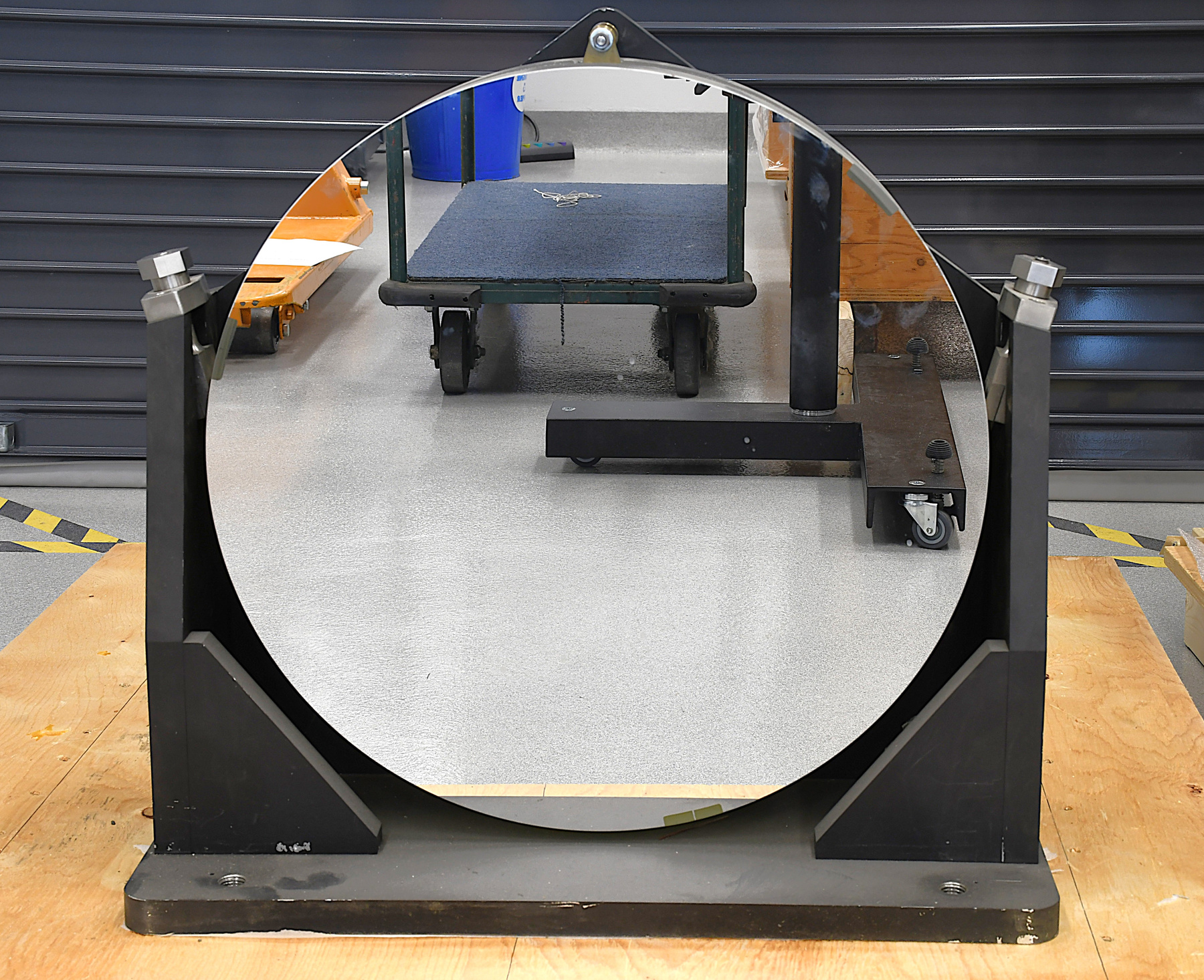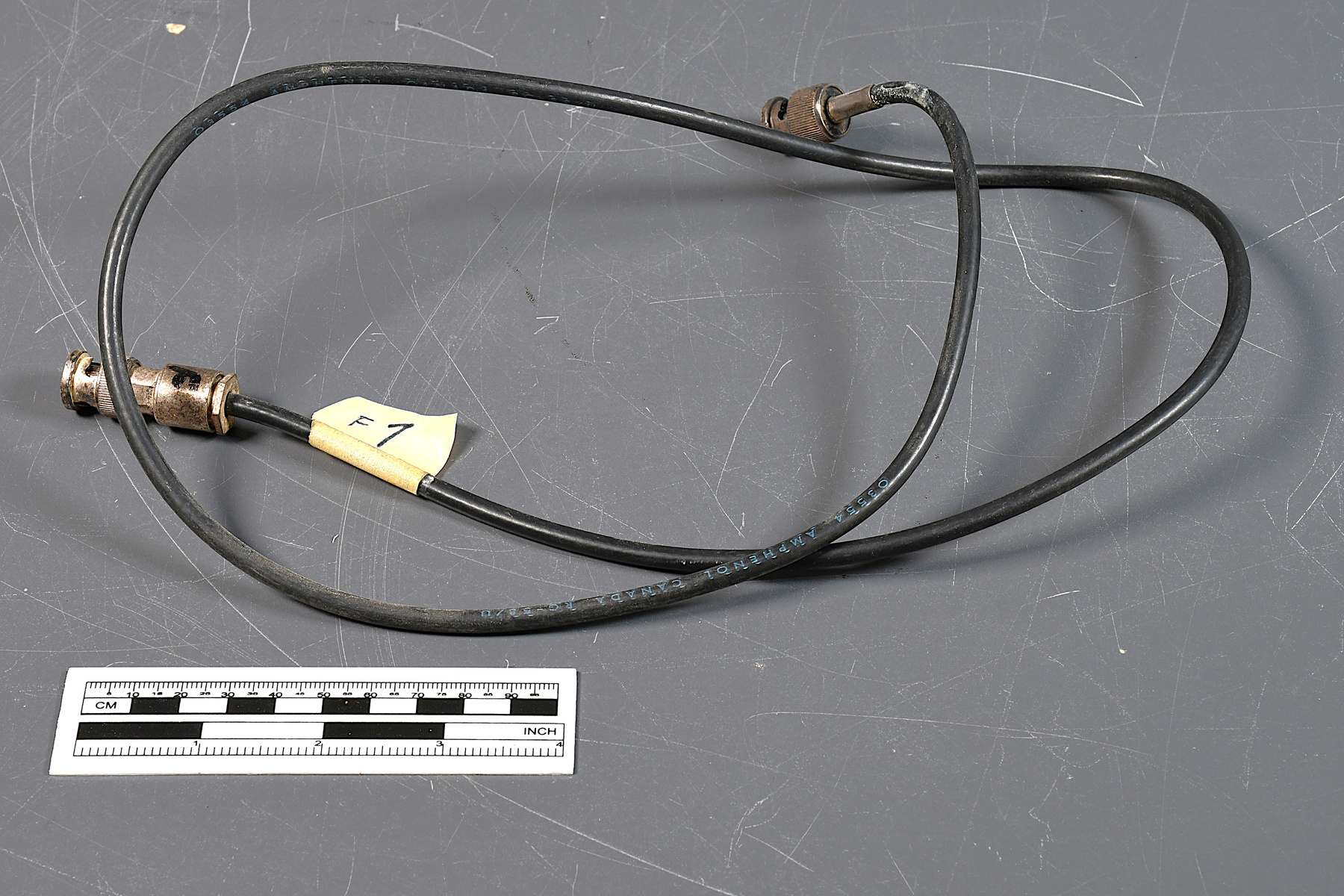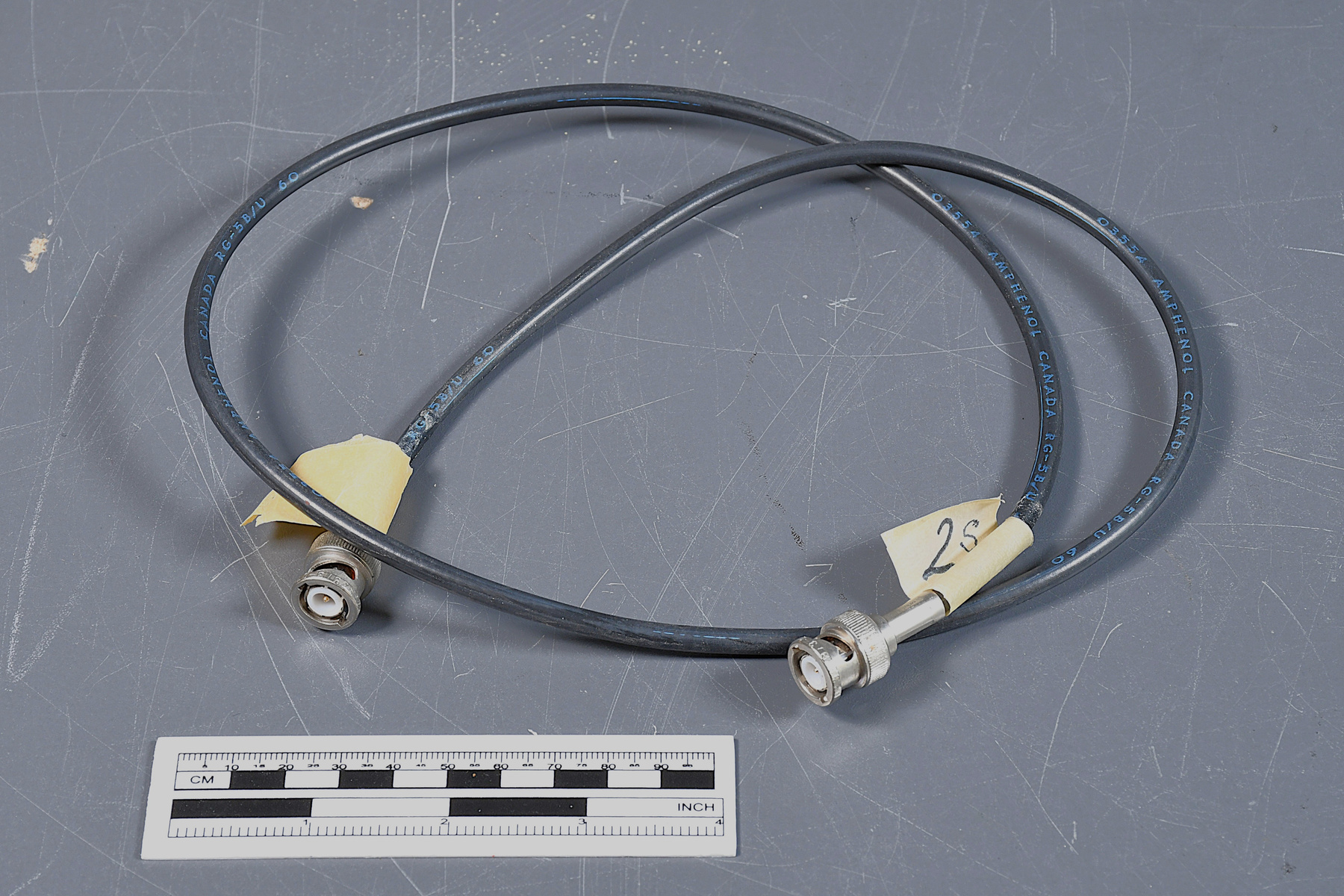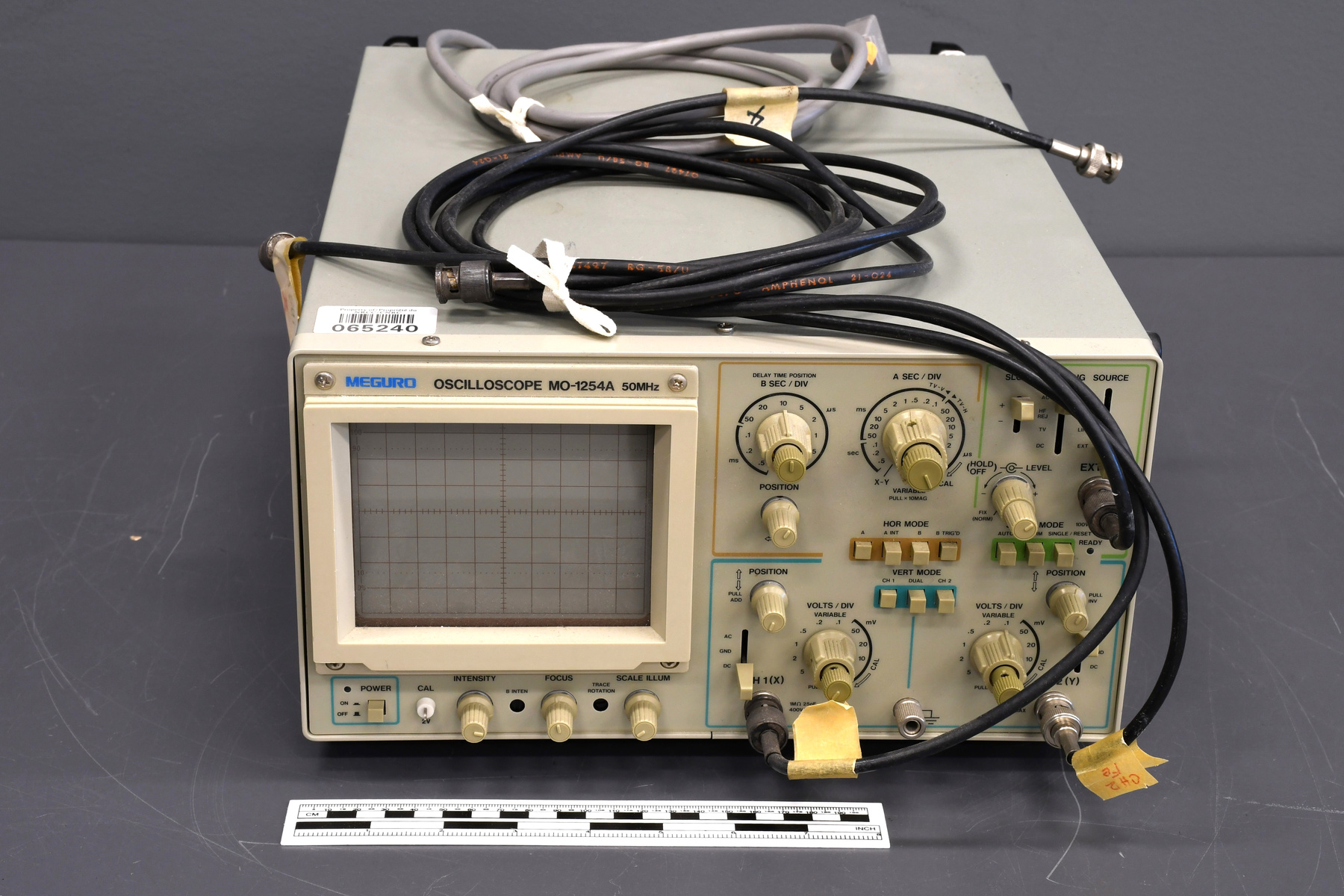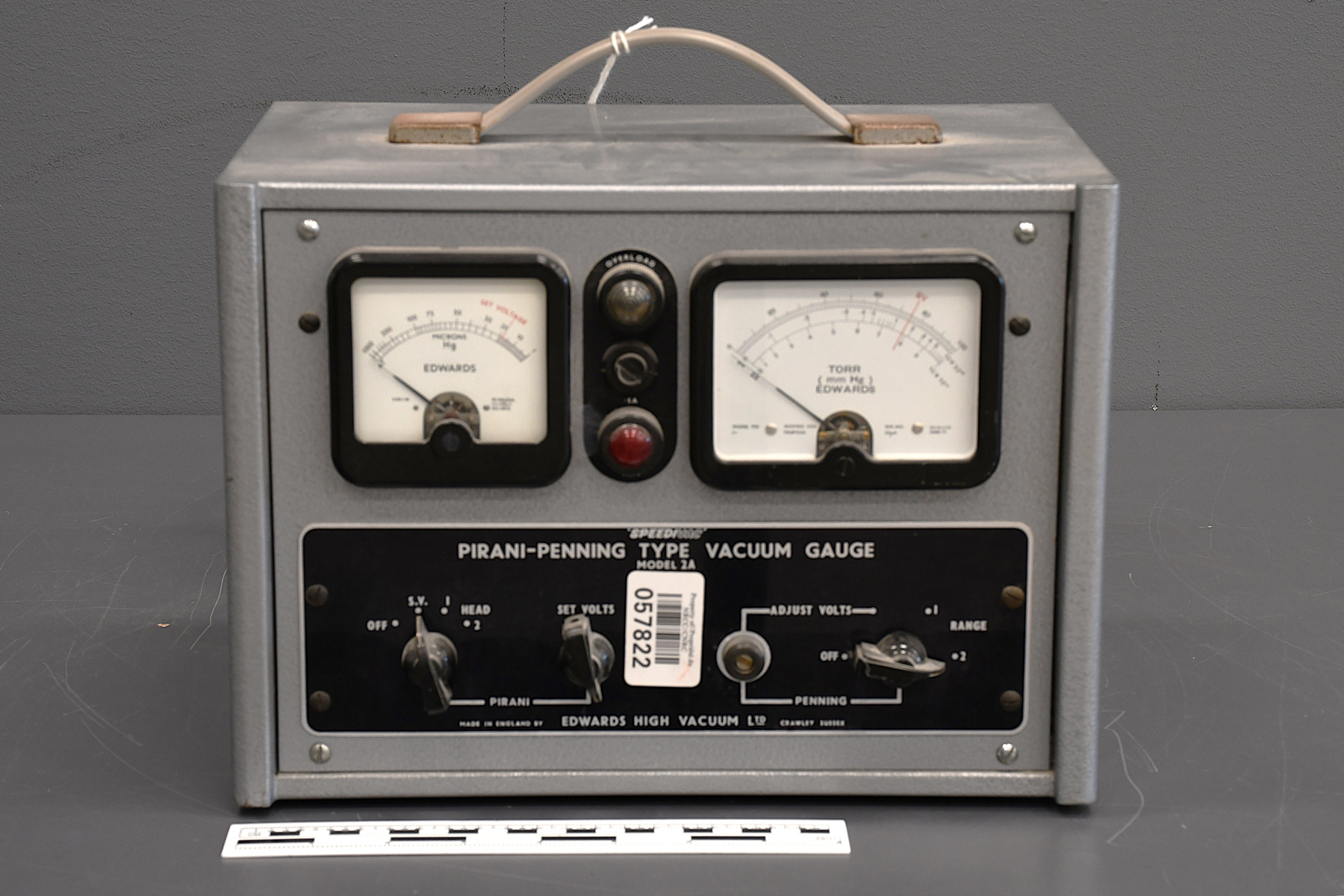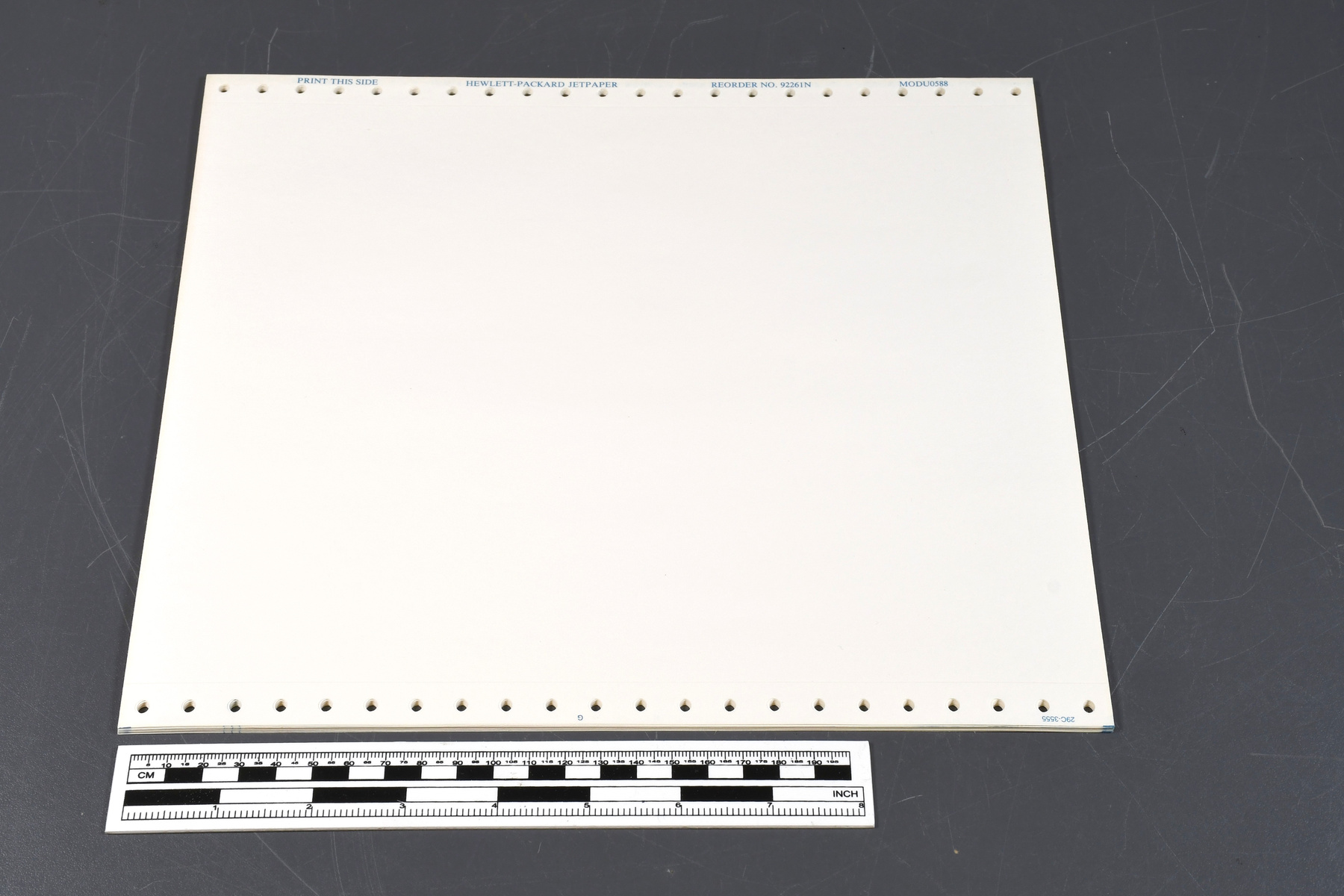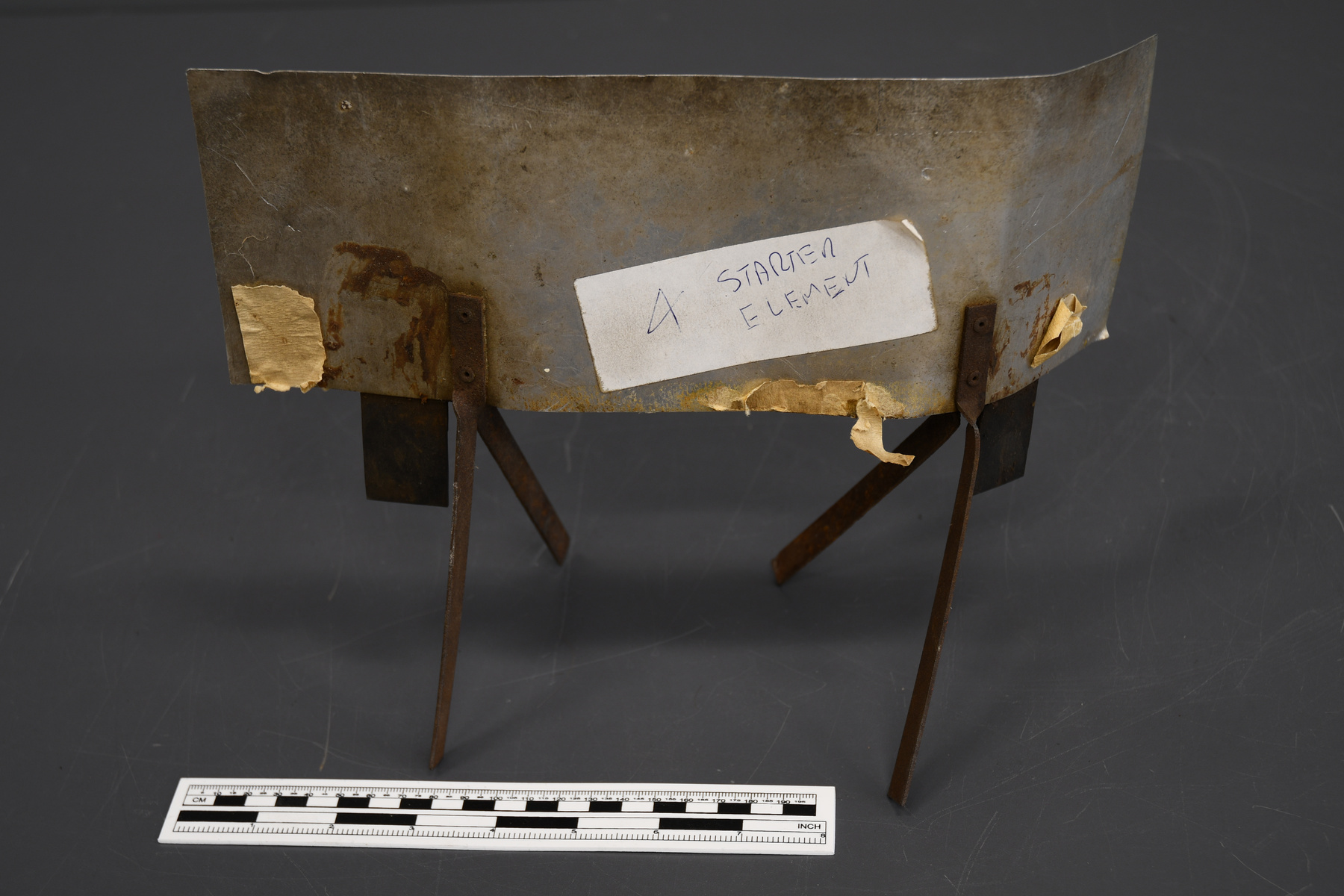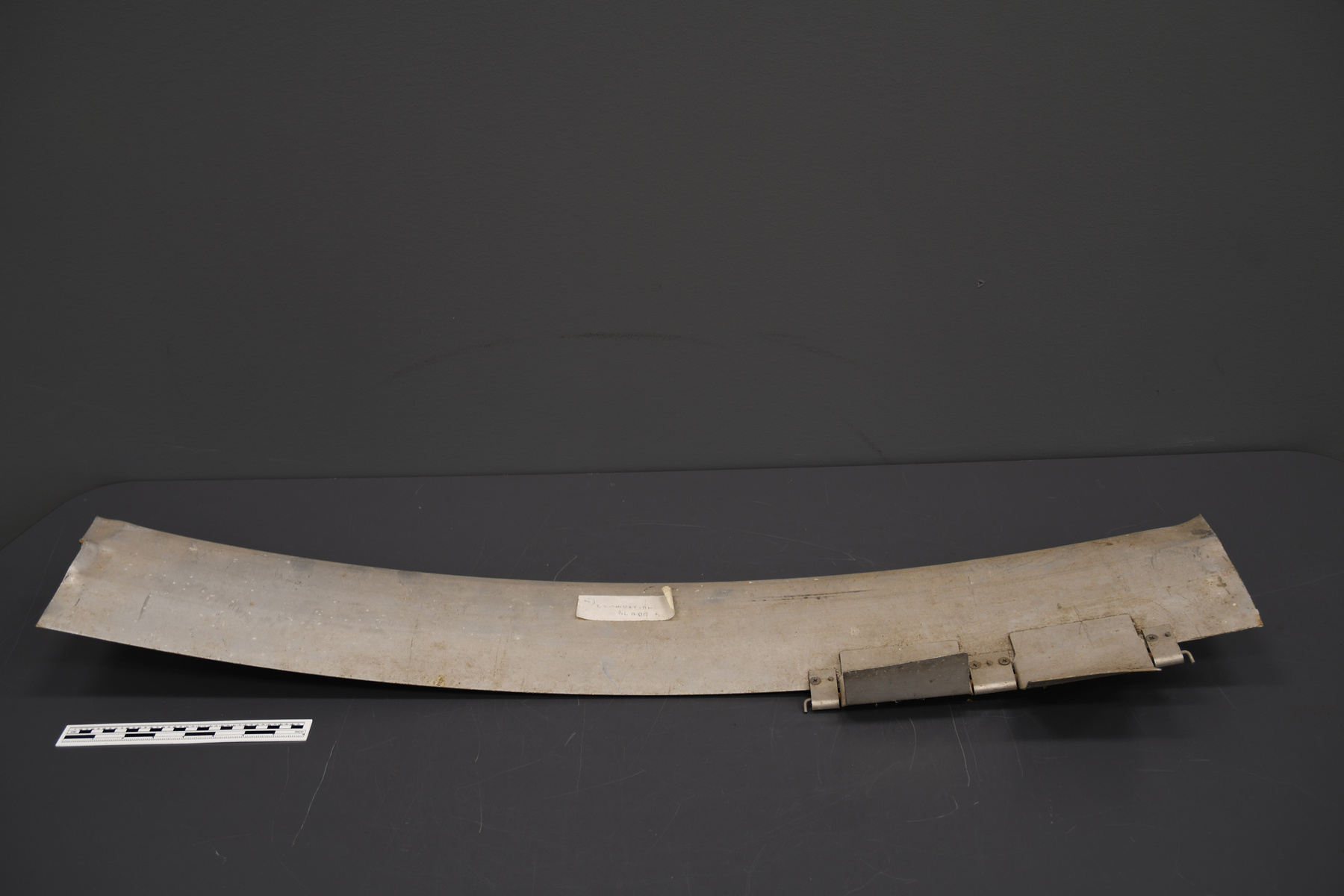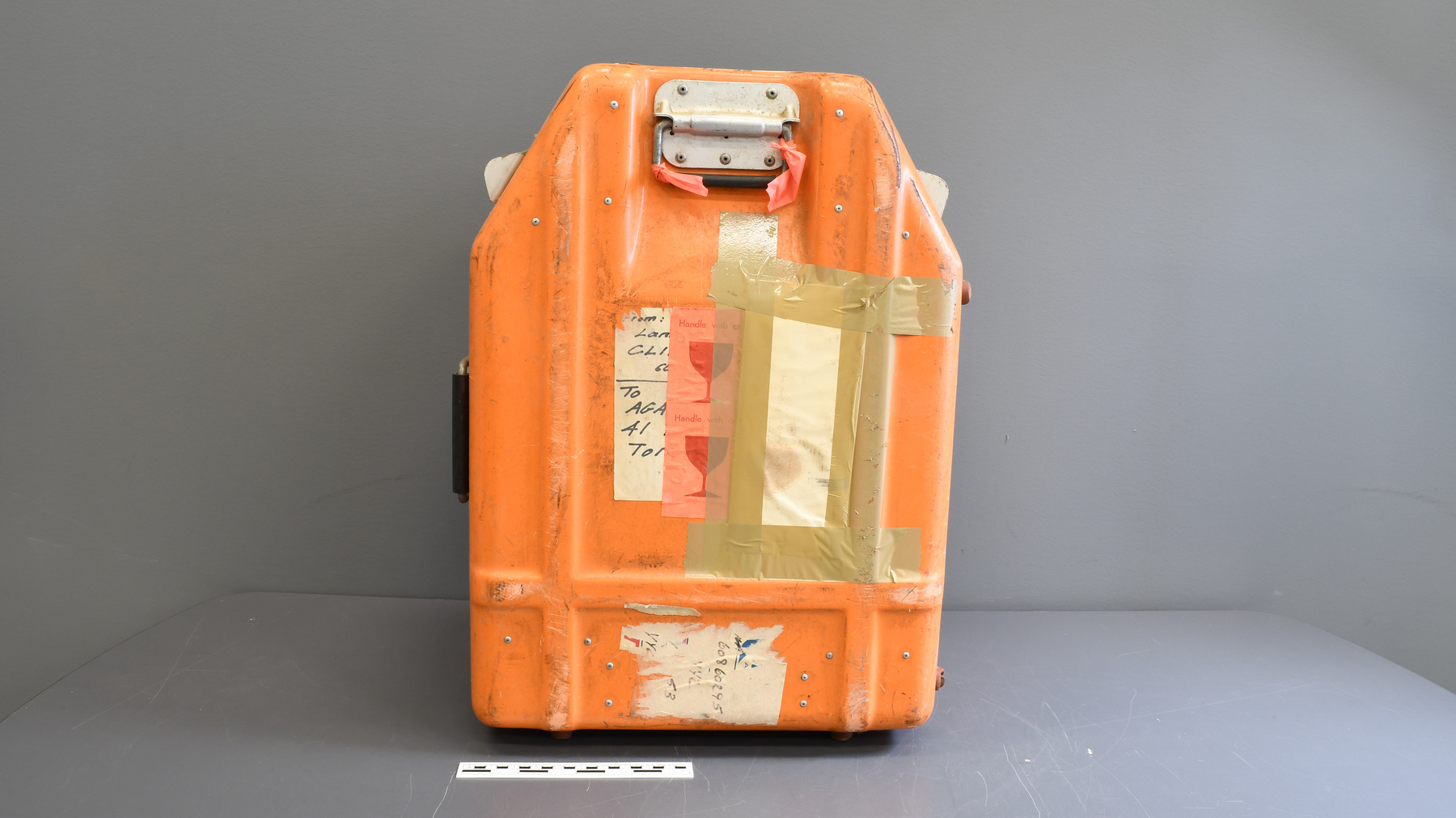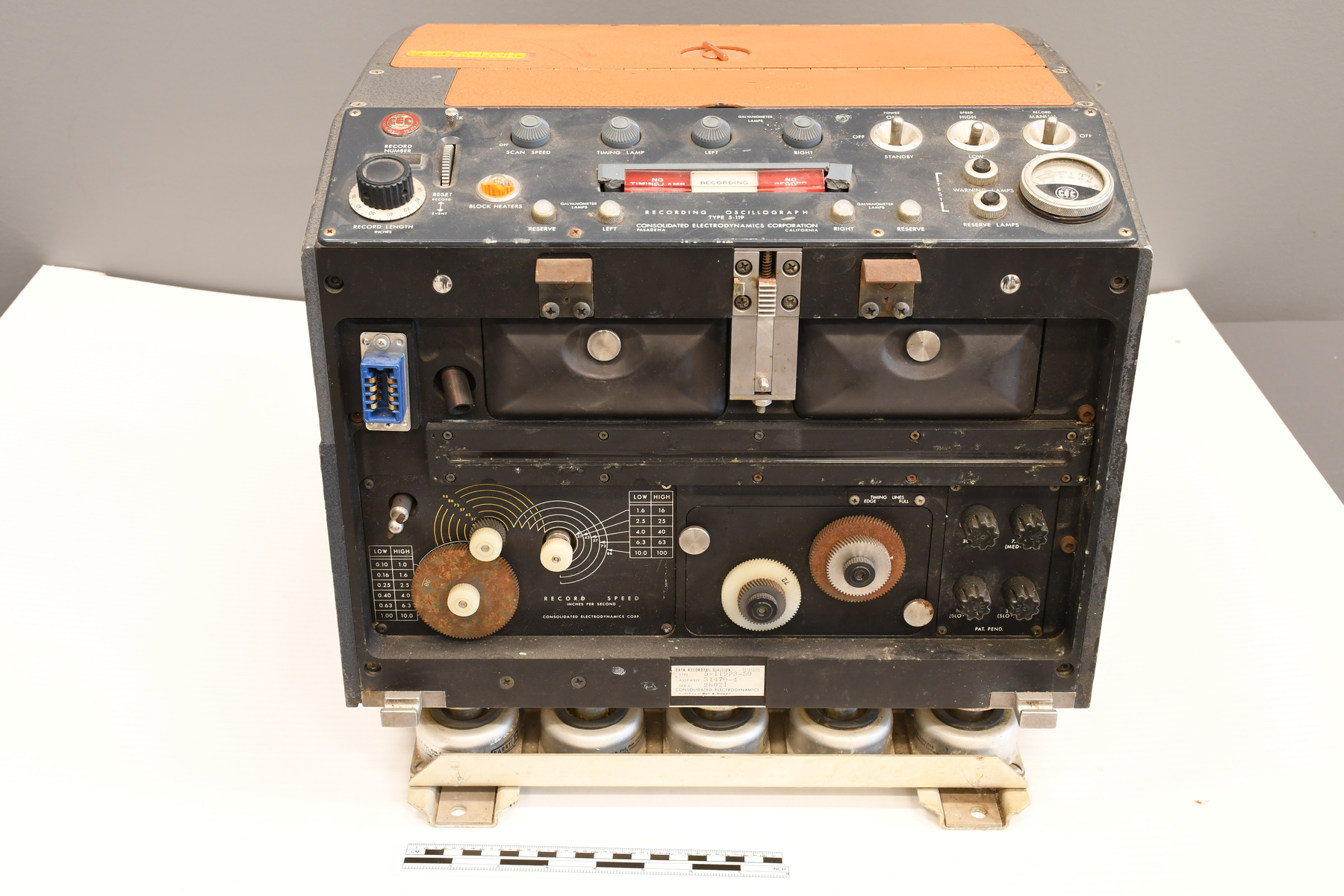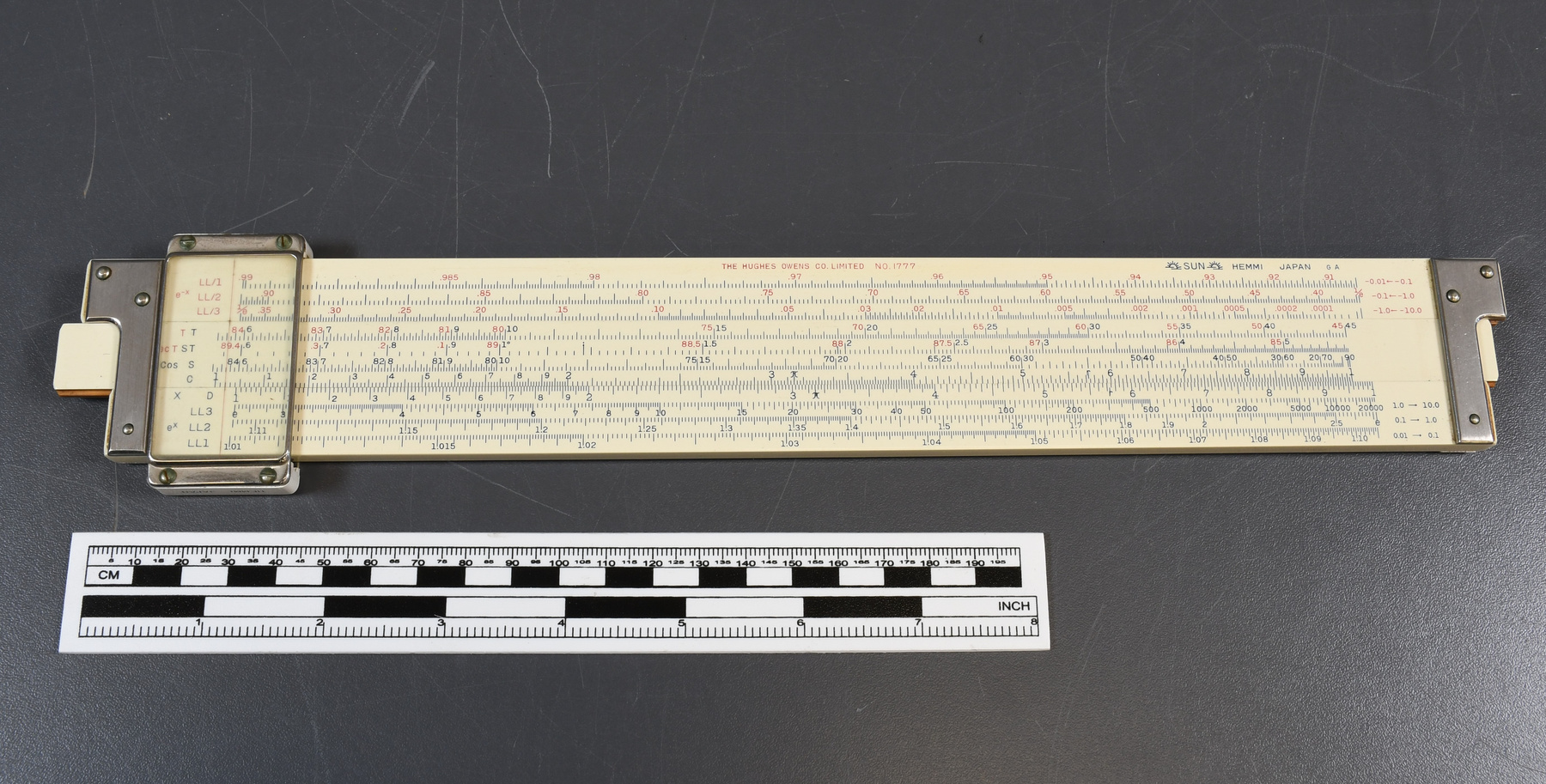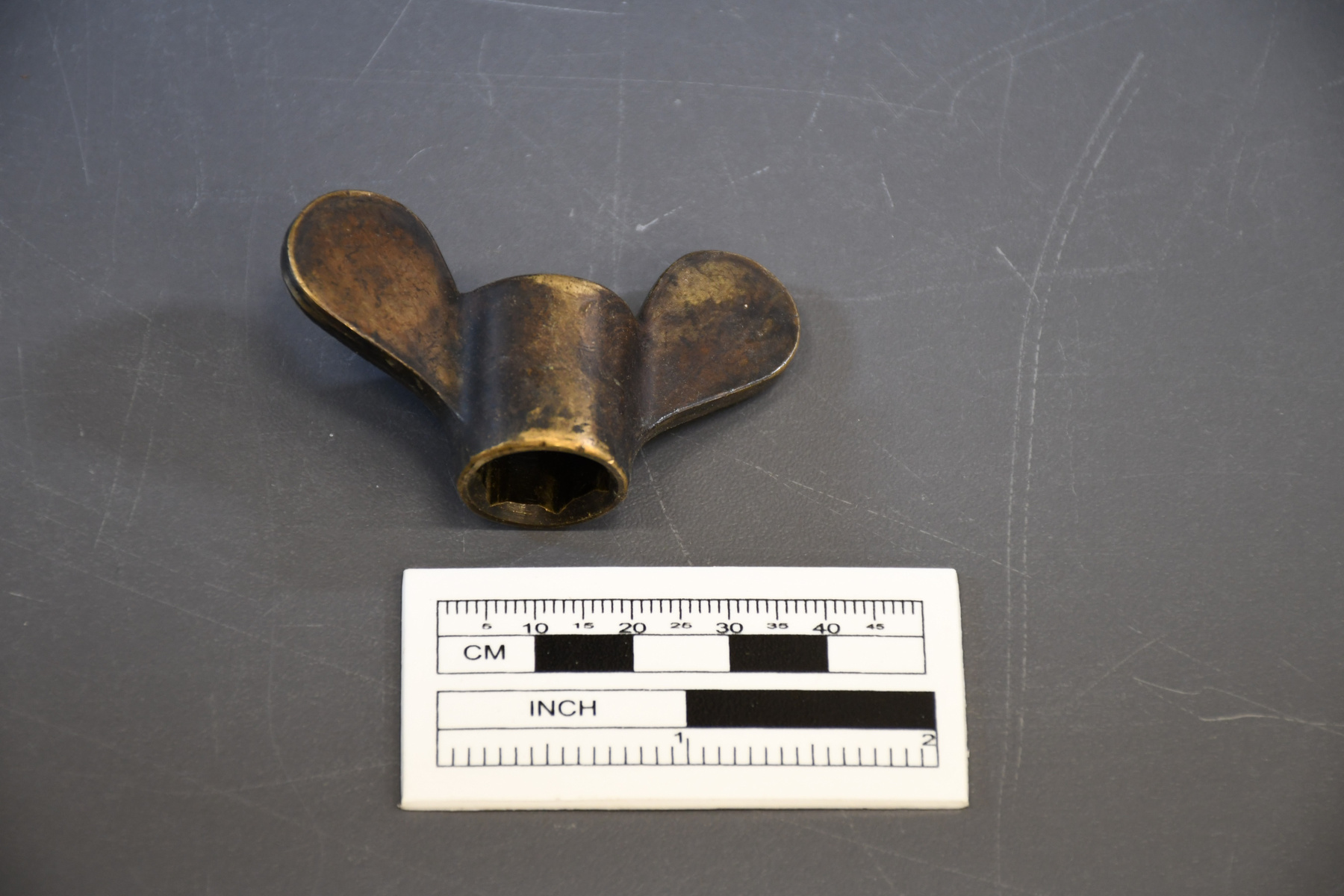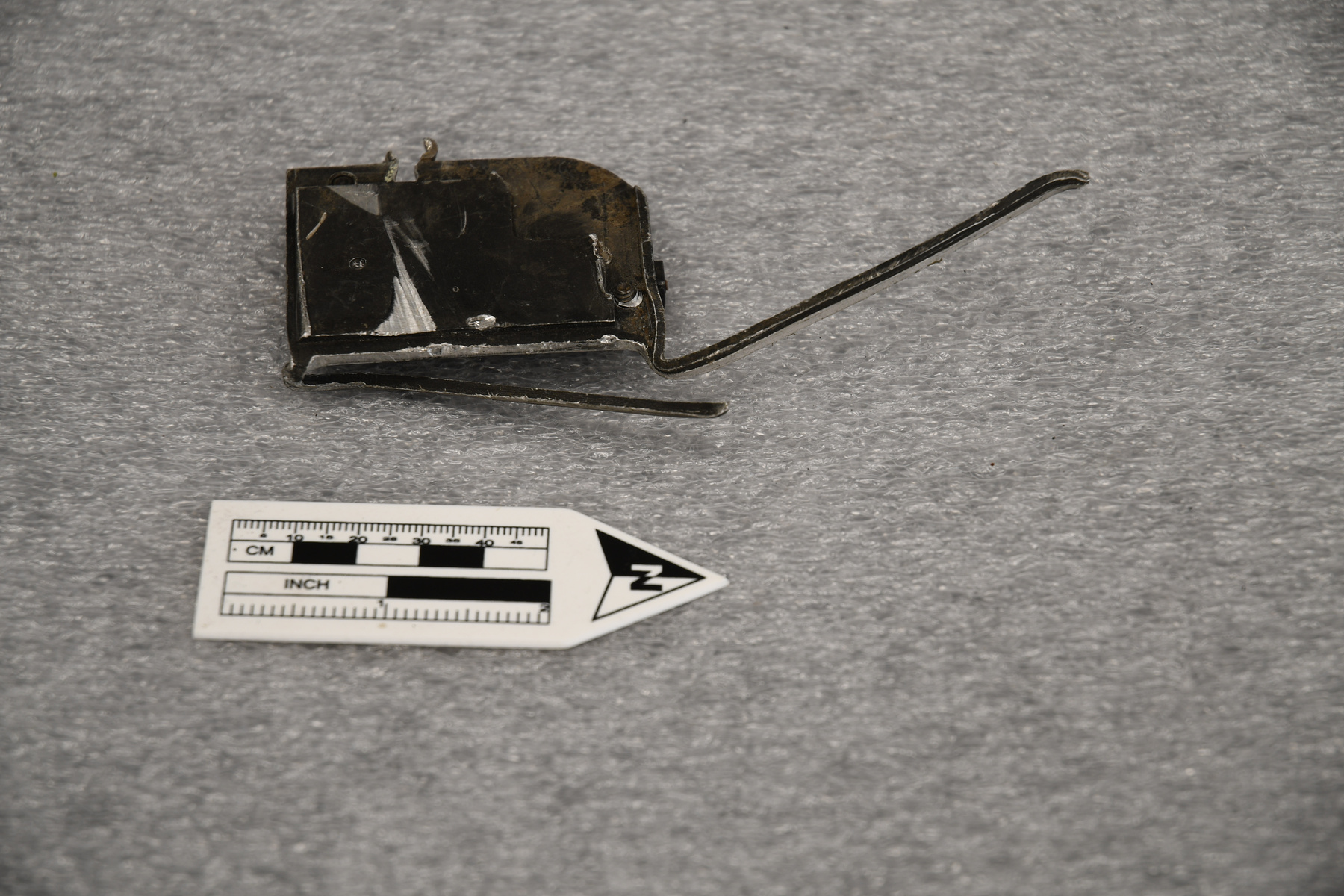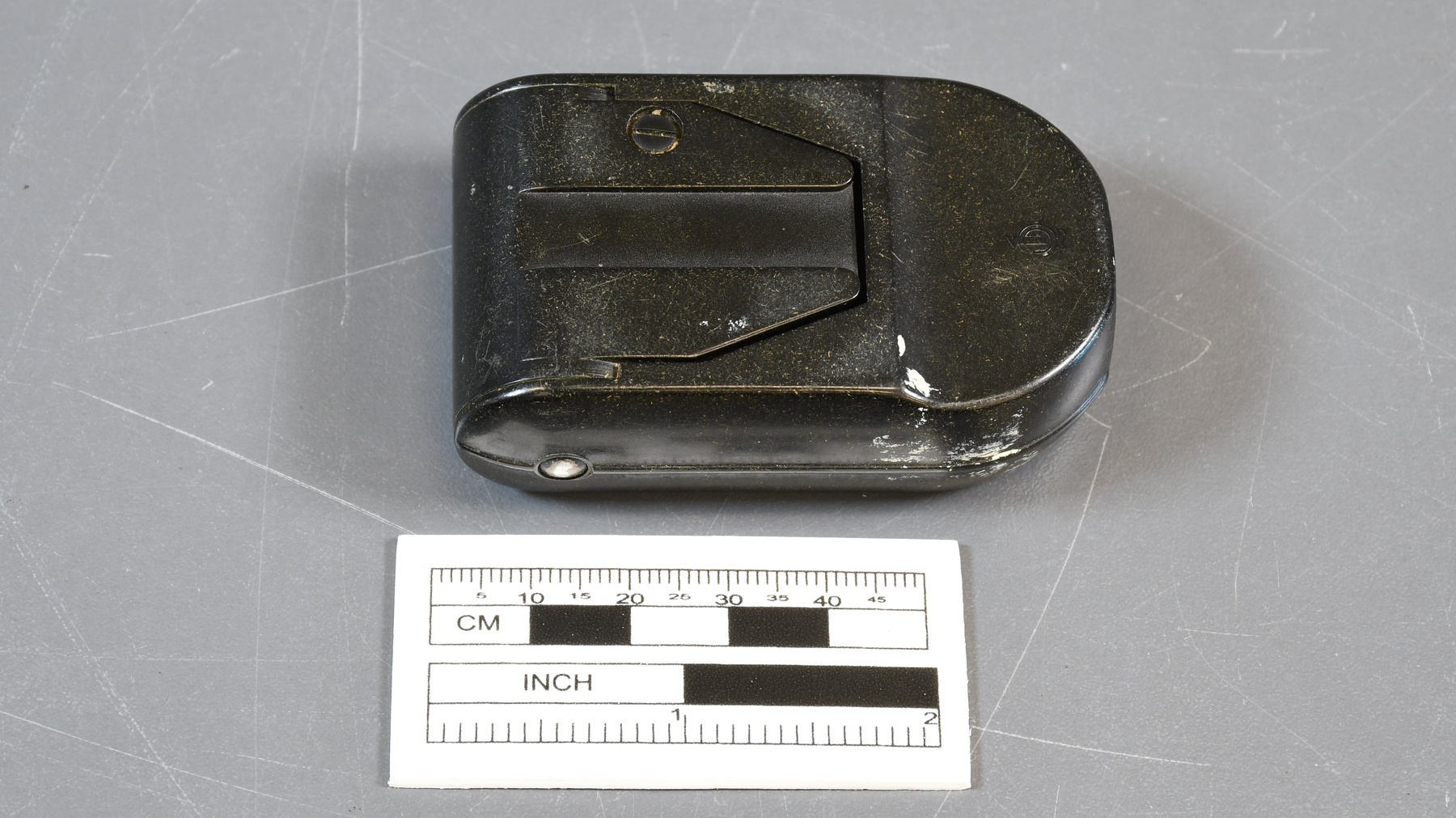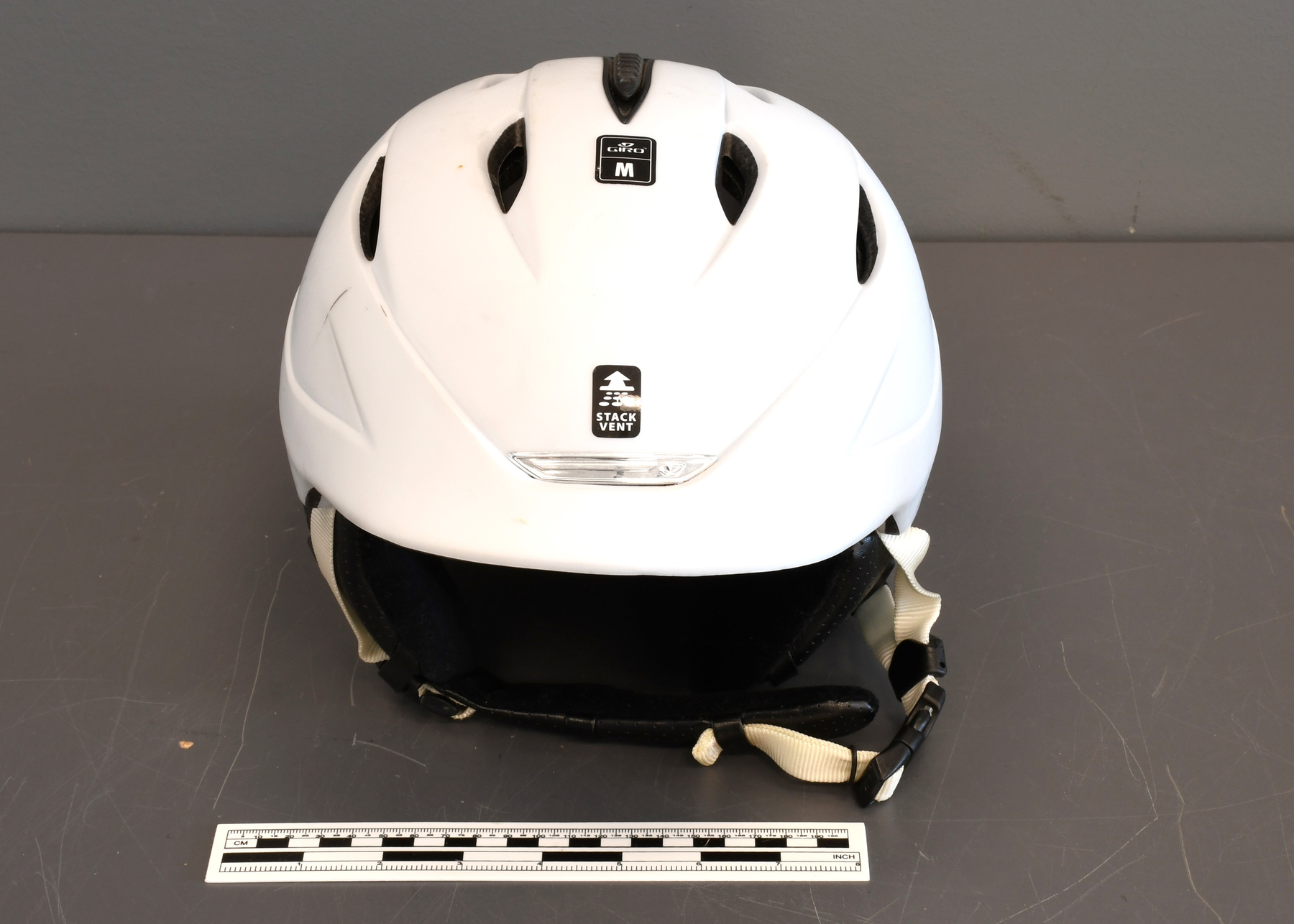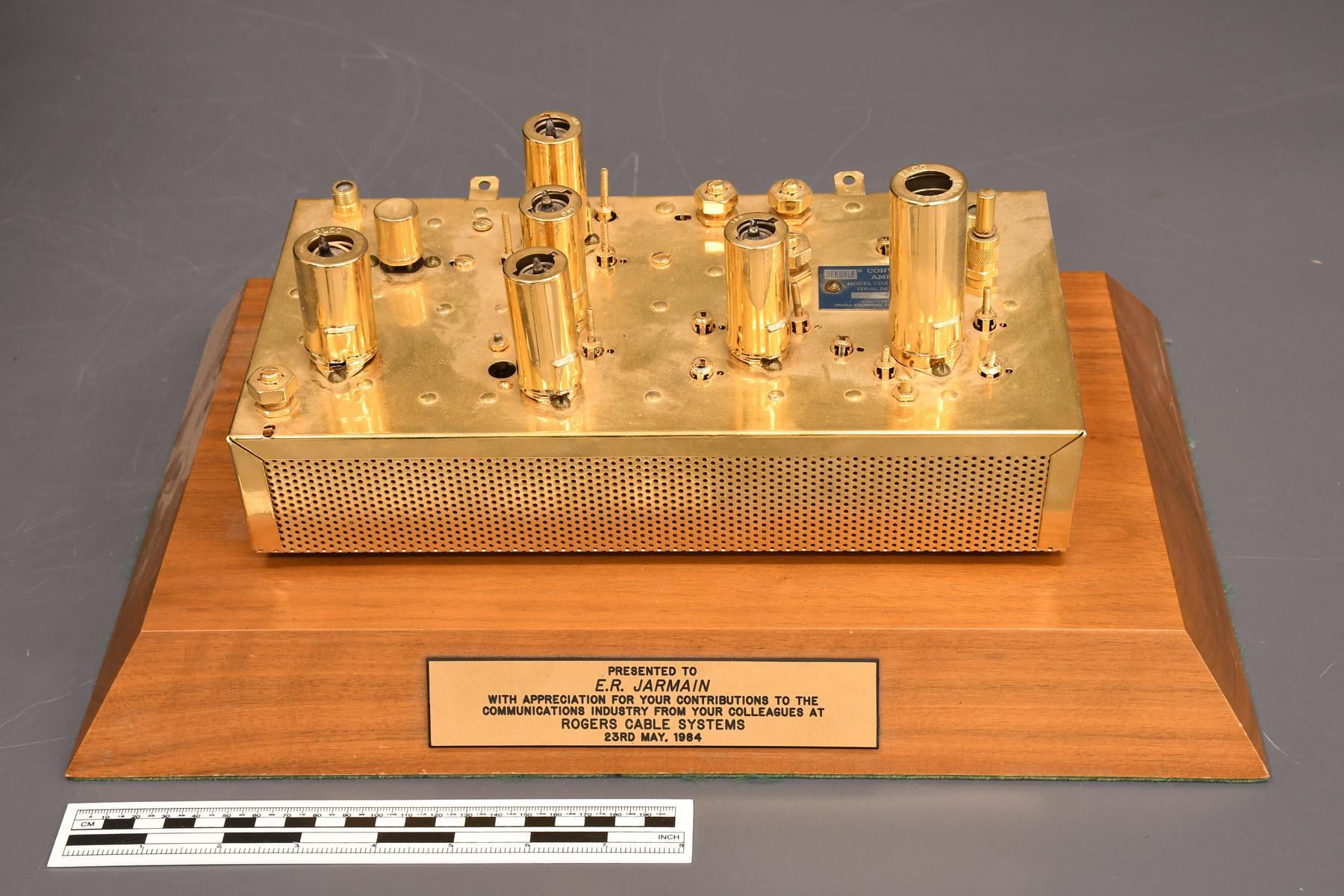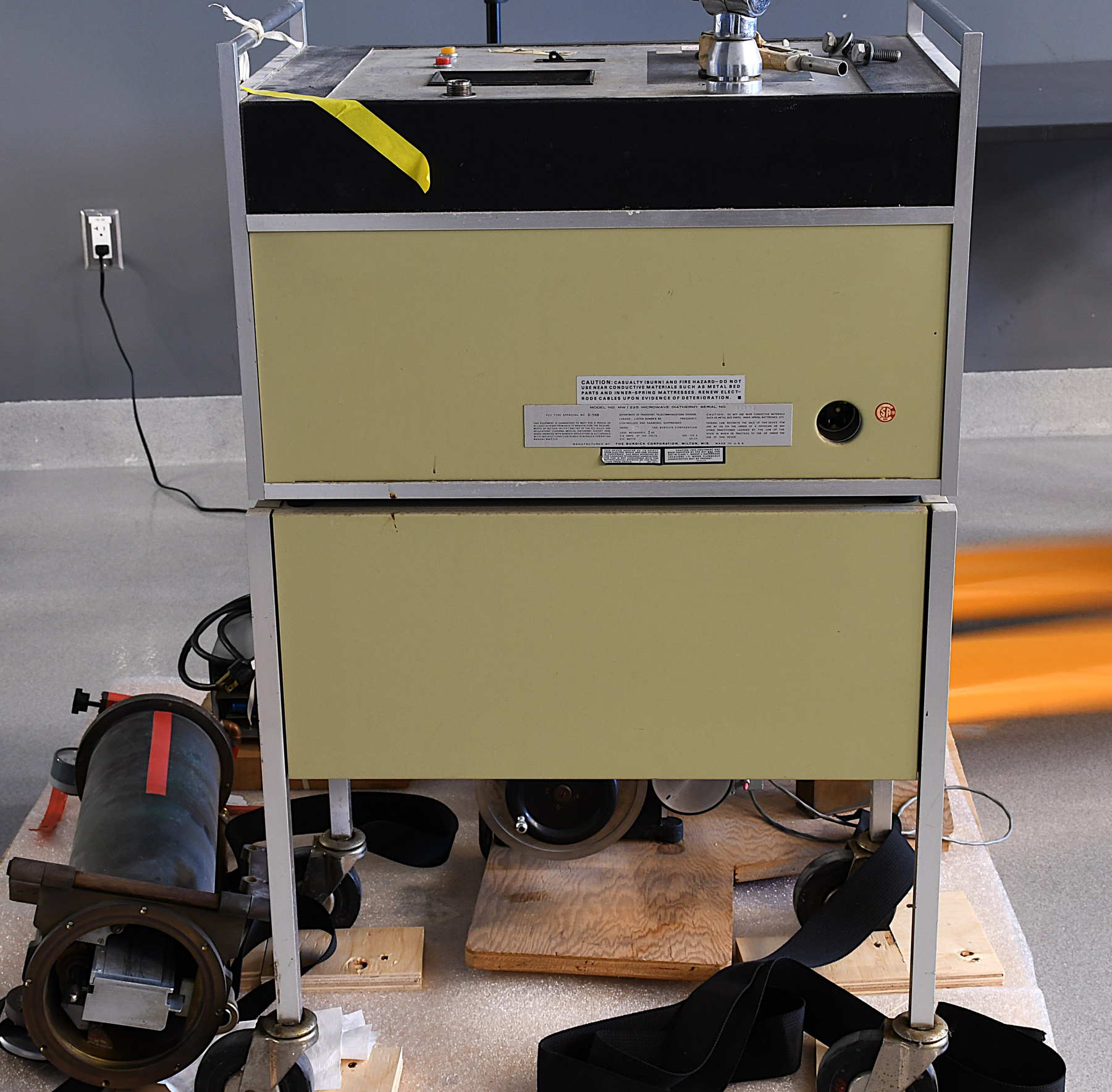Generator, microwave
Use this image
Can I reuse this image without permission? Yes
Object images on the Ingenium Collection’s portal have the following Creative Commons license:
Copyright Ingenium / CC BY-NC-ND (Attribution-NonCommercial 4.0 International (CC BY-NC 4.0)
ATTRIBUTE THIS IMAGE
Ingenium,
2008.1884.001
Permalink:
Ingenium is releasing this image under the Creative Commons licensing framework, and encourages downloading and reuse for non-commercial purposes. Please acknowledge Ingenium and cite the artifact number.
DOWNLOAD IMAGEPURCHASE THIS IMAGE
This image is free for non-commercial use.
For commercial use, please consult our Reproduction Fees and contact us to purchase the image.
- OBJECT TYPE
- spectrograph
- DATE
- 1975–1990
- ARTIFACT NUMBER
- 2008.1884.001
- MANUFACTURER
- Burdick Corp.
- MODEL
- MW-225
- LOCATION
- Milton, Wisconsin, United States of America
More Information
General Information
- Serial #
- 12153
- Part Number
- 1
- Total Parts
- 6
- AKA
- N/A
- Patents
- N/A
- General Description
- An artifact made of metal, synthetic, rubber, leather and fibre material/Un objet fait avec des éléments en métal, synthétique, en caoutchouc, en cuir et en feutre.
Dimensions
Note: These reflect the general size for storage and are not necessarily representative of the object's true dimensions.
- Length
- 37.3 cm
- Width
- 55.1 cm
- Height
- 120.2 cm
- Thickness
- N/A
- Weight
- N/A
- Diameter
- N/A
- Volume
- N/A
Lexicon
- Group
- Chemistry
- Category
- Test-measurement equipment
- Sub-Category
- N/A
Manufacturer
- AKA
- Burdick
- Country
- United States of America
- State/Province
- Wisconsin
- City
- Milton
Context
- Country
- Canada
- State/Province
- Ontario
- Period
- 1967-1990s
- Canada
-
The vacuum Ebert spectrograph, developed by Donald A. Ramsey at the NRC, was a central instrument in Canada’s contributions to spectroscopy from approximately 1950 to the 1990s. Lead by Nobel Laureate, Gerhard Herzberg, Canada was a leader in this part of physics in the post WWII era. Using this device, D.A. Ramsey and Barry Lutz were able to confirm that the Kuiper bands of Uranus were made of methane. This finding had eluded scientists since the early days of astrophysics. Ramsey, a gifted experimenter, was able to produce this extremely high-resolution spectrograph, in order to determine the origins of the bands in the laboratory. The laboratory findings were compared with Lutz’s observations and measurements of the Uranus bands. The measurements were based on observations taken at the Mount Hamilton Station of the Lick Observatory, California. Le spectrographe Ebert avec une pression à vide était conçu au NRC par Donald A. Ramsey. L'instrument était primordial pour que le Canada puisse contribuer au domaine de spectroscopie pour plus de quarante ans entre 1950 et les années 1990s. La recherche était menée par Gerhard Herzberg qui était un lauréat pour le prix Nobel. Canada est rapidement devenu le meneur dans ce domaine de la physique après la deuxième Guerre Mondial avec Herzberg en charge. M. Ramsey et Barry Lutz ont réussit à confirmer que les bandes Kuipers de l'Uranus sont faits en méthane en utilisant cette machine. La découverte échappait aux scientifiques depuis l'enfance de l'astrophysique. Ramsey était capable de produire ce spectrographe à haute résolution pour déterminer l'origine des bandes au laboratoire. Le scientifique a pu comparer ces résultats avec ceux de Lutz. Les deux séries de mesurément étaient pris à la station de Mont Hamilton a l'observatoire Lick en Californie. - Function
-
This microwave generator was used with a spectrograph. It would possibly have been responsible for determining the rate at which microwave oscillation frequency happened over a selected gas. Ce générateur de micro-ondes était utilisé avec un spectrographe. Cet artefact était possiblement responsable de déterminer la cadence de la fréquence d’oscillation des micro-ondes sous un gaz sélectionné. - Technical
-
This type of spectrograph dates back to the work of Hermann Ebert in 1889. He developed a spectrometer that consisted of an entrance slit, a single concave spherical mirror, a diffraction grating, and a small photographic plate in the plane of the entrance slit. This artifact is a Ramsey spectrograph, a 33-meter multiple-path cell, that produced spectra of the highest resolution at the time. The main body of this spectrograph was made by Fleck Industries before being installed at the NRC. Despite difficult struggles with leaks in the early construction phase of the optical components, large leak detectors (as big as fridges at the time) were installed and used to locate and fix the leaks. The resultant vacuum conditions allowed for much longer exposures and more precise images. This instrument was also a success due to its optics. The initial resolution of the instrument was not as good as expected, and a new mirror had to be ground and installed. The resolution improved significantly. There were also two gratings in this model, one high and the other low resolution. Ce genre de spectrographe est inspiré par le travail de Hermann Ebert en 1889. Il a développé un spectromètre qui possédait une fente d'entrée, un miroir concave et sphérique, un réseau de diffraction et une plaque photographique située sur le plan de la fente d'entrée. Cet artefact est un spectrographe Ramsey qui possède un trajet-multiple de plus de trente-trois mètres qui produisaient une résolution de la plus haute qualité de sa génération. Le corps du spectrographe était fabriqué par Fleck Industries. Malgré les fuites au début de la phase de construction des composantes optiques, l'installation des détecteurs de fuites installer par la suite ont réussi à trouver et arrêter le déluge. Les conditions après l'installation a construit des conditions de pression à vide qui permettait à la machine de développer des images plus précises avec une exposition prolongée. L'instrument était aussi favori grâce à ces composantes optiques. La résolution initiale n'était pas une haute gamme et donc un nouveau miroir a dû être dépoli et installer. Ceci a augmenté la résolution a un niveau requis. Il y avait aussi deux genres de réseau qui accompagnaient ce modèle qui permettait à une résolution base ou celui qui apportait une résolution plus augmentée. - Area Notes
-
Unknown
Details
- Markings
- On the top of the artifact/Sur le dessus de l'artefact: "MICROWAVE DIATHERMY, MW/225/[0-30 MINUTES, ][0-10]BURDICK/OUTPUT, WATTS/POWER, OUTPUT/ON,OFF/MAIN SWITCH/RESET/STANDBY", The manufacturing label reads in part/L’étiquette du manufacturier lit en partie: “MODEL NO. MW/225 MICROWAVE DIATHERMY SERIAL NO.12153/FCC TYPE APPROVAL NO D-598, DEPARTMENT OF TRANSPORT. TELECOMMUNICATIONS DIVISION. [CAUTION:]/MANUFACTURED BY THE BURDICK CORPORATION, MILTON, WIS. MADE IN U.S.A.”
- Missing
- Artifact appears complete/L'objet a toutes les pièces.
- Finish
- This artifact has four metal wheels that have black rubber tires. The wheels have four silver metal legs that sit atop them. An olive-green box is held up by these legs. This box is also made of metal and has a drawer on its front face. Two felt pads are visible on the inside of the drawer. The top of the artifact has a black leather trim. Two black synthetic knobs sit on top of the artifact along with a long silver metal arm. The top of the object also has a scale behind a transparent synthetic window. A red button and a yellow button sit on the proper left side of the top of the object. Above the buttons is a silver metal head that is threaded in order to attach a cable to it. A black synthetic switch sits in between the metal arm sits between the knobs and the buttons. Black lettering is visible around all the features on the top of the object. Cet artefact a quatre roues en métal qui ont des pneus noirs fait en caoutchouc. Quatre pattes sortent des roues pour appuyer une boite en métal de couleur olive. La boite possède un tiroir sur le devant de son corps et deux butées en feutre à l'intérieur du tiroir. Le dessus de l'artefact est encadré avec du cuir noir. Deux poignées synthétiques de couleur noire sont visibles sur le bon côté droit de l'artefact sur sa tête ainsi qu'un bras en métal de couleur argent. Un bouton rouge et un bouton jaune sont situés sur le bon côté gauche de l'objet. Les boutons et les poignées ont un lettrage blanc pour indiquer leurs fonctions. Au milieu de la tête de l'artefact il y a une échelle qui est protégée avec un écran transparent fait en matériel synthétique. Un interrupteur fait avec le même matériel de couleur noire est directement en dessous de l'écran.
- Decoration
- N/A
CITE THIS OBJECT
If you choose to share our information about this collection object, please cite:
Burdick Corp., Generator, microwave, circa 1975–1990, Artifact no. 2008.1884, Ingenium – Canada’s Museums of Science and Innovation, http://collection.ingeniumcanada.org/en/id/2008.1884.001/
FEEDBACK
Submit a question or comment about this artifact.
More Like This

